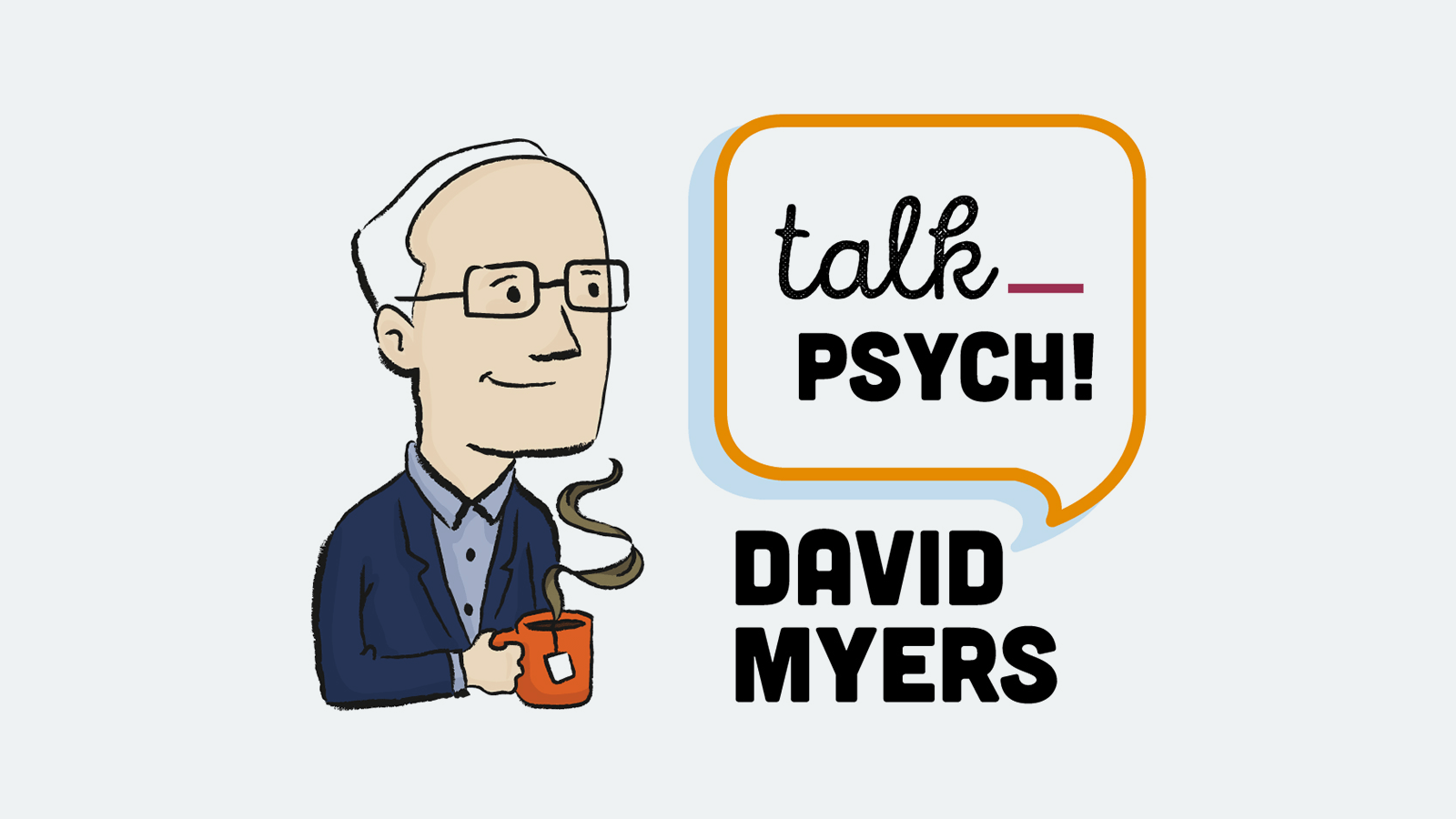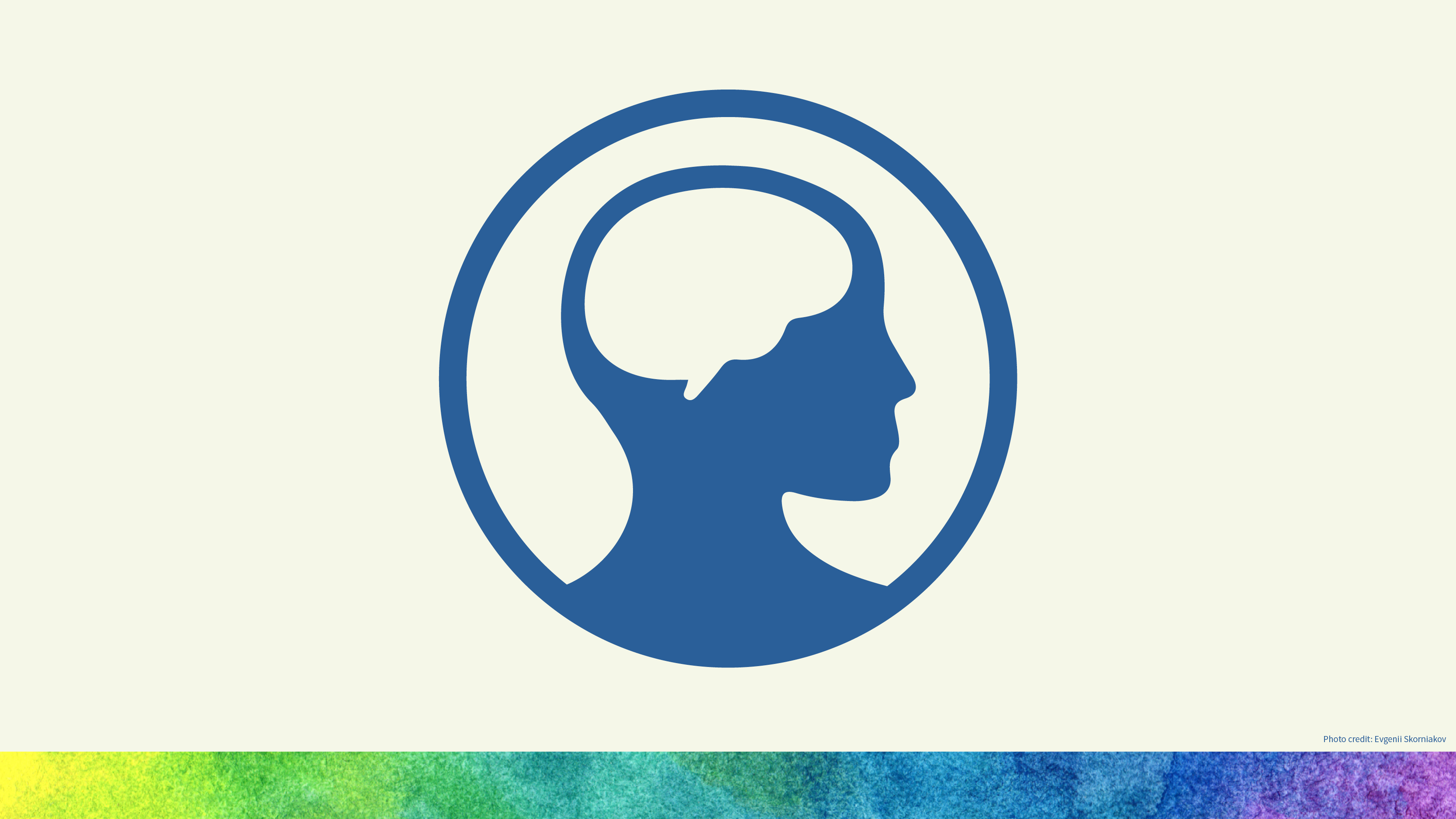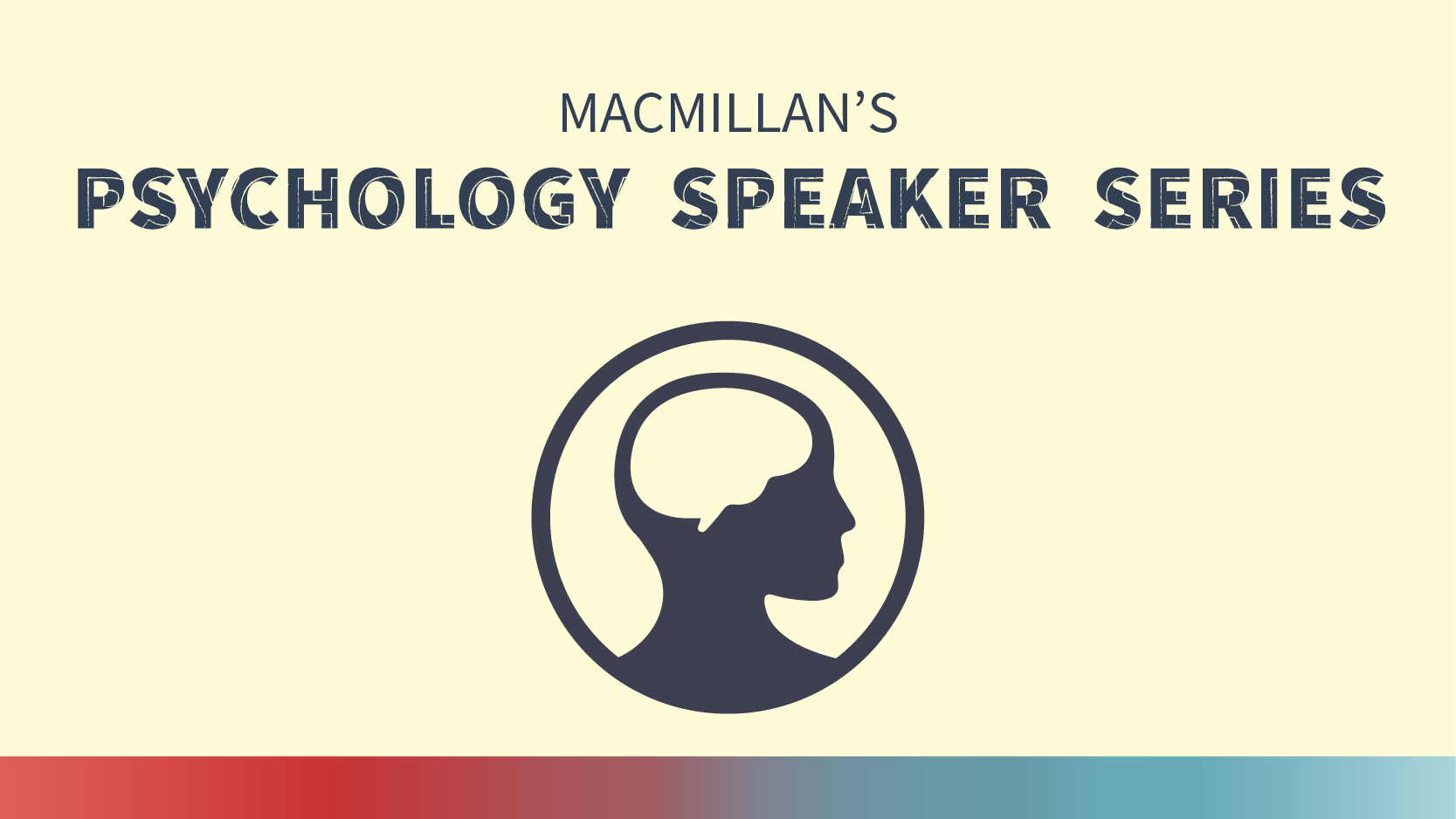-
About
Our Story
back- Our Mission
- Our Leadershio
- Accessibility
- Careers
- Diversity, Equity, Inclusion
- Learning Science
- Sustainability
Our Solutions
back
-
Community
Community
back- Newsroom
- Discussions
- Webinars on Demand
- Digital Community
- The Institute at Macmillan Learning
- English Community
- Psychology Community
- History Community
- Communication Community
- College Success Community
- Economics Community
- Institutional Solutions Community
- Nutrition Community
- Lab Solutions Community
- STEM Community
- Newsroom
- Macmillan Community
- :
- Psychology Community
- :
- Psychology Blog
- :
- Psychology Blog - Page 5
Psychology Blog - Page 5
Options
- Mark all as New
- Mark all as Read
- Float this item to the top
- Subscribe
- Bookmark
- Subscribe to RSS Feed
Psychology Blog - Page 5
Showing articles with label Learning.
Show all articles
Expert
02-24-2016
04:03 AM
Those who write/draw comic strips are often astute observers of human behavior. That makes the funny pages a gold mine for psychology examples. (Here’s another blog post I wrote about a comic strip illustrating the spotlight effect.) Last week (February 16, 2016), Scott Adams of Dilbert fame gave us a wonderful example of the door-in-the-face technique. When a coworker’s babysitter cancels, she asks Dilbert if he likes kids. He assures her that he is not interested in watching her kids. She replies, “I was going to ask you to adopt them.” There’s the door-in-the face. Dilbert’s replies, “Absolutely not. The best I can is watch them tonight.” One of my favorites comes from Mark Tatulli’s Lio (November 14, 2009). Lio is known for having a different group of friends than most kids. Including in his group are ghouls, goblins, and, yes, even death. In this particular comic strip, Lio loudly rips open a bag of “Monsta Treats.” In the next panel we see a monster towering over Lio, soaking him with dripping saliva. Ask students, in pairs or small groups, to identify the unconditioned stimulus, unconditioned responses, conditioned stimulus, and conditioned response. Circulate around the room clarifying as needed. Bring the class back together and identify each. Next ask what generalization would look like. And then ask what would need to happen to bring about extinction. Hilary Price in her Rhymes with Orange comic (August 21, 2013) gave a nice side-by-side comparison of positive and negative reinforcement. In the first panel a middle schooler is working on homework, and an off-panel parent says “If you finish this homework, I will let you watch a show.” In the second panel an adult is typing on a computer, and the adult’s thought bubble reads “If I finish this paragraph, I will let myself pee.” Ask students, again in pairs or small groups, to identify the behaviors being reinforced, and then to identify which is positive reinforcement (first panel) and which is negative reinforcement (adult) and explain why. If you have a favorite comic strip that illustrates some psychological comment, please leave a link to it in the comments!
... View more
Labels
1
0
3,966
Expert
01-13-2016
04:00 AM
As a psychology instructor it is clear to you the myriad ways in which psychology can be used to both understand social issues and speak to solutions. In fact, the APA Guidelines for the Major (2013; see below) encourages us to help our students see the same. Debra Mashek (2016) suggests a few assignments that provide our students opportunities to connect psychology with today’s social issues. Integrative essay The instructor chooses three articles (interesting, nifty methodology, and not too difficult for students to understand – but on the surface may not have anything obviously to do with each other), and assigns one of those articles to each student, i.e. 1/3 of the class gets article A, 1/3 gets article B, and 1/3 gets article C. Each student writes a one-page summary of their assigned article and brings that with them to class. The class breaks up into groups of three, where the groups are composed of students who have all read different articles. In a jigsaw classroom format, the students tell the others in their three-person group about their article. Students then “articulate an applied question that invites application of ideas from all the articles.” Each 3-person group then co-authors a short paper (two to three pages) that identifies their applied question and how each of the three articles speak to that question. Persuasion research activity Right after Hurricane Katrina, Mashek decided she wanted her Intro Psych students to experience psychological research firsthand while also contributing to the relief effort. Mashek gave a brief lecture on foot-in-the-door, door-in-the-face, and reciprocity. She randomly assigned ¼ of students to foot-in-the-door, ¼ to door-in-the-face, ¼ reciprocity (she gave these students lollipops to hand to people before asking for a donation), and ¼ to a command condition (“give money”). During that same class period students were sent out in pairs to different areas of campus to return an hour later. Thirty-five students collected $600. Students reported a greater connection to the victims of Katrina after they returned than they reported before they left. Mashek used this experience as a leaping off point for discussing research methodology in the next class session. Current headline classroom discussion Pick a current headline. Break students into small groups, perhaps as an end of class activity, and give them one or two discussion questions based on the current chapter you are covering that are relevant to the headline. For example, if you are covering the social psychology chapter in Intro Psych, give students this headline from the January 9, 2016 New York Times: “Gov. Paul LePage of Maine Says Racial Comment Was a ‘Slip-Up’.” This is a short article, so you could ask students to read the article itself. Sample discussion questions: (1) What evidence is there of ingroup bias? (2) Do Gov. LePage’s comments illustrate stereotyping, prejudice, and/or discrimination? Explain. If time allows, student groups can report out in class. Alternatively, this could be a group writing assignment or a scribe for the group could post a summary of the group’s responses to a class discussion board. Students will gain an appreciation of the scope of psychology and how it is relevant to today’s social issues. This activity throughout the course should help students, after the course, to continue to see psychology at play. The APA Guidelines for the Major (2013) include these indicators related to social issues: 1.3A Articulate how psychological principles can be used to explain social issues, address pressing societal needs, and inform public policy 3.3c Explain how psychology can promote civic, social, and global outcomes that benefit others 3.3C Pursue personal opportunities to promote civic, social, and global outcomes that benefit the community. 3.3d Describe psychology-related issues of global concern (e.g., poverty, health, migration, human rights, rights of children, international conflict, sustainability) 3.3D Consider the potential effects of psychology-based interventions on issues of global concern American Psychological Association. (2013). APA guidelines for the undergraduate psychology major: Version 2.0. Retrieved from http://www.apa.org/ed/precollege/undergrad/index.aspx Mashek, D. (2016, January 4). Bringing the psychology of social issues to life. Lecture presented at National Institute on the Teaching of Psychology in Tradewinds Island Grand Resort, St. Petersburg Beach. Seelye, K. Q. (2016, January 9). Gov. Paul LePage of Maine Says Racial Comment Was a 'Slip-up'. The New York Times. Retrieved January 9, 2016, from http://www.nytimes.com/politics/first-draft/2016/01/08/gov-paul-lepage-of-maine-denies-making-racist-remarks
... View more
Labels
-
Abnormal Psychology
-
Cognition
-
Consciousness
-
Developmental Psychology
-
Emotion
-
Evolution
-
Gender
-
Genetics
-
History and Systems of Psychology
-
Industrial and Organizational Psychology
-
Intelligence
-
Learning
-
Memory
-
Motivation
-
Nature-Nurture
-
Neuroscience
-
Personality
-
Research Methods and Statistics
-
Sensation and Perception
-
Social Psychology
-
Stress and Health
0
0
8,254
Expert
11-04-2015
04:00 AM
After covering operant conditioning, ask students to silently identify a specific behavior they would like to change. Help students understand the difference between an outcome, e.g., lose 10 pounds, get an A in this course, and a behavior, e.g., walk 30 minutes a day five days a week, study psychology one hour a day six days a week. Ask students to raise their hands if they’ve tried to change a behavior only to have the effort peter out. All or almost all hands will go up. “If I were to pay you each week for engaging in your behavioral change, how much money would it take for you to stick with it?” By a show of hands, “At least $25?” With their hands still up, ask “At least $50?” With their hands still up, “At least $75?” Keep going until all hands are up. In a recent experiment (Halpern, et.al, 2015), researchers randomly assigned participants to an incentive-based smoking cessation program. There were a few different ways they structured the incentive, but for all of them participants could earn up to $800 for being smoke-free after six months. How many were smoke-free after six months? The four incentive programs resulted in a 10% to 15% success rate. That may not sound like much, but the authors reports that “usual care” results in 6% smoke-free at six months. Don’t be surprised if students express dismay at such an incentive program. Providing positive reinforcement for doing things that we should do anyway makes some people uncomfortable. What’s the alternative? We know that healthcare costs will be lower, overall, for people who do not smoke. The higher someone else’s healthcare costs, the higher the cost of health insurance for all of us. Framed in that light, $800 per person seems like a reasonable investment. I don’t have someone else paying me, but I do have my own personal incentive program. When my pedometer tells me that I have reached 90,000 steps, I put $25 into a special account. It is out of this account that I pay for my Starbucks coffee, most restaurant meals, and anything else that’s considered a non-essential expense. Not only am I encouraged to walk more, but I have also reduced my spending. Health, however, is much broader than not smoking and walking. It also includes not shooting people. In Richmond, VA, the city council created a program designed to reduce violence. When they learned that 17 people, mostly young men, were responsible for 70% of the shootings, they knew who they needed to contact. They sent “street-savvy staff members” into the community to build relationships with these folks. With some trust established, the program coordinators invited the men to a meeting and made them an incredible offer. To paraphrase, if you stay out of trouble and attend meetings with the program’s mentors, we’ll pay you up to $1,000 per month for up to nine months. Is it working? Homicides and firearms assaults dropped by about half in just the first year of the program. Drug use among the program participants is down, employment is up, school enrollment is up. It took cash to get them started down a more productive path, but once they got going, the reinforcement came from other places. Historically we have relied on fines and jail time to try to change bad behavior. We know punishment, on the whole, is not as effective as reinforcement, so to change bad behavior why not reinforce good behavior? Ask students to think of behaviors that are typically punished, and then in pairs or small groups, ask students to generate some ways that alternative, good behaviors could be reinforced. Halpern, S. D., French, B., Small, D. S., Saulsgiver, K., Harhay, M. O., Audrain-Mcgovern, J., . . . Volpp, K. G. (2015). Randomized trial of four financial-incentive programs for smoking cessation. New England Journal of Medicine N Engl J Med, 372(22), 2108-2117. doi:10.1056/nejmoa1414293
... View more
Labels
1
0
7,947
Topics
-
Abnormal Psychology
16 -
Achievement
3 -
Affiliation
2 -
Behavior Genetics
2 -
Cognition
33 -
Consciousness
32 -
Current Events
26 -
Development Psychology
18 -
Developmental Psychology
30 -
Drugs
5 -
Emotion
55 -
Evolution
3 -
Evolutionary Psychology
4 -
Gender
17 -
Gender and Sexuality
7 -
Genetics
10 -
History and System of Psychology
6 -
History and Systems of Psychology
5 -
Industrial and Organizational Psychology
47 -
Intelligence
6 -
Learning
63 -
Memory
37 -
Motivation
13 -
Motivation: Hunger
2 -
Nature-Nurture
5 -
Neuroscience
45 -
Personality
29 -
Psychological Disorders and Their Treatment
21 -
Research Methods and Statistics
98 -
Sensation and Perception
43 -
Social Psychology
121 -
Stress and Health
51 -
Teaching and Learning Best Practices
54 -
Thinking and Language
18 -
Virtual Learning
25
- « Previous
- Next »
Popular Posts













